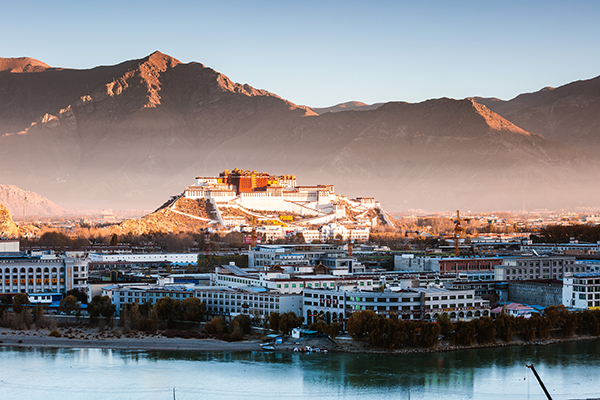Xizang border ports fuel booming China-Nepal trade
Updated: 2025-06-26 (chinadaily.com.cn)  Print
Print 


Beneath the bright summer sun of the Qinghai-Tibet Plateau, activity hums around Lizi Port located at 4,772 meters above sea level in Xizang autonomous region.
Since its opening on Nov 13, 2023, Lizi has become a vibrant hub for cross-border commerce. For Nepali trader Dhondup Tsering, the port has transformed daily life: "Business at the border market has improved our living conditions significantly," he said.
Designed with modern infrastructure and no rental fees, the Lizi border trade market has replaced fragile tents with stable stalls — offering electricity, water and protection from the elements. It's one of four officially operating land ports in Xizang, along with Zhangmu, Gyirong, and Burang.
Zhangmu Port, once responsible for over half of China's trade with Nepal and more than 90 percent of Xizang's trade with Nepal, has also seen a revival after a years-long pause following Nepal's 2015 earthquake. With trade and personnel flows fully restored, local job opportunities have surged.
Gyirong Port — just over 100 kilometers from Nepal's capital Kathmandu — resumed bidirectional travel in April 2023.
Now, Chinese electric vehicles custom-designed for Nepal's mountainous roads are being produced in Gyirong county, with exports projected to exceed 2,000 units this year.
With improved customs policies, streamlined logistics and expanded trade categories, China-Nepal trade continues to thrive.
From January to May, the value of trade hit 1.79 billion yuan ($250 million), up 14 percent year-on-year, making Nepal Xizang's leading foriegn trade destination.








